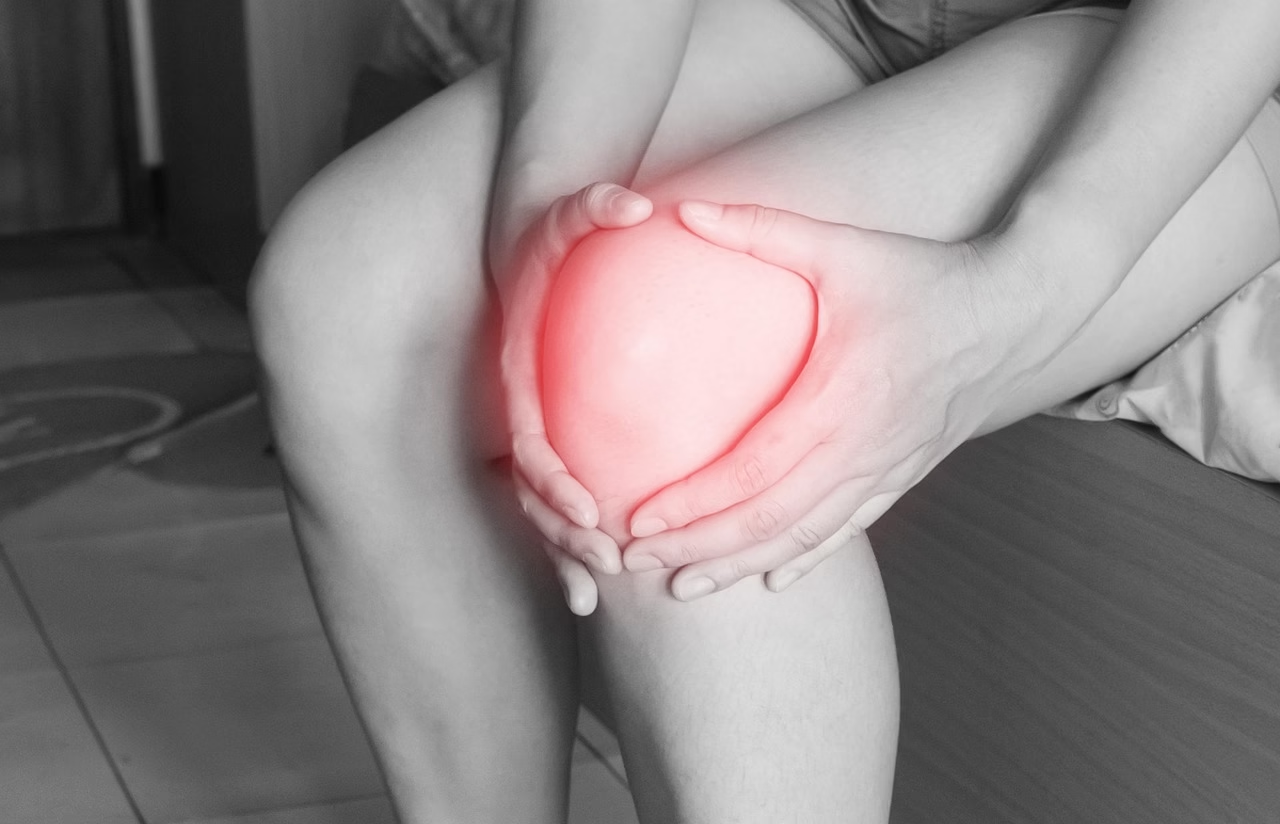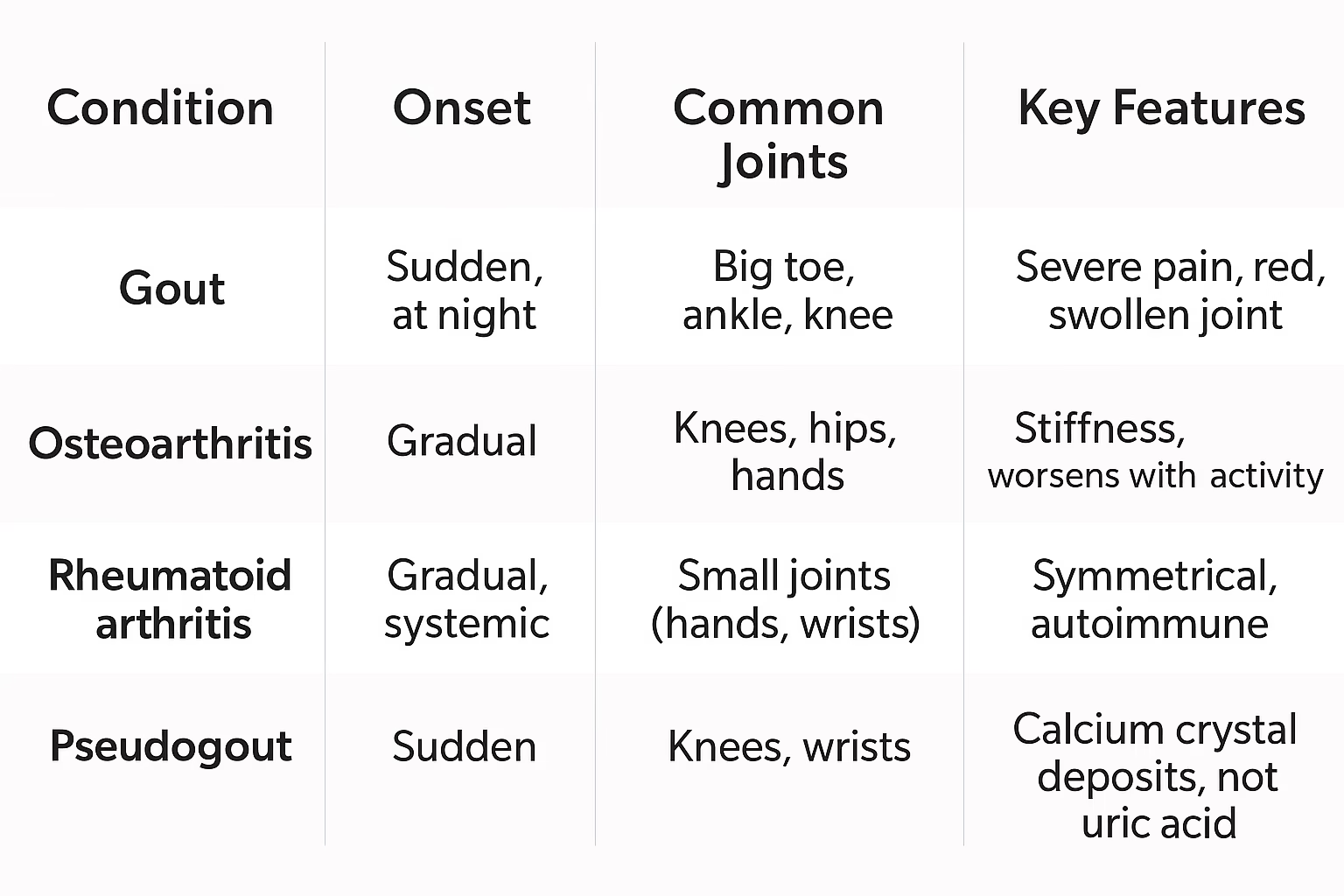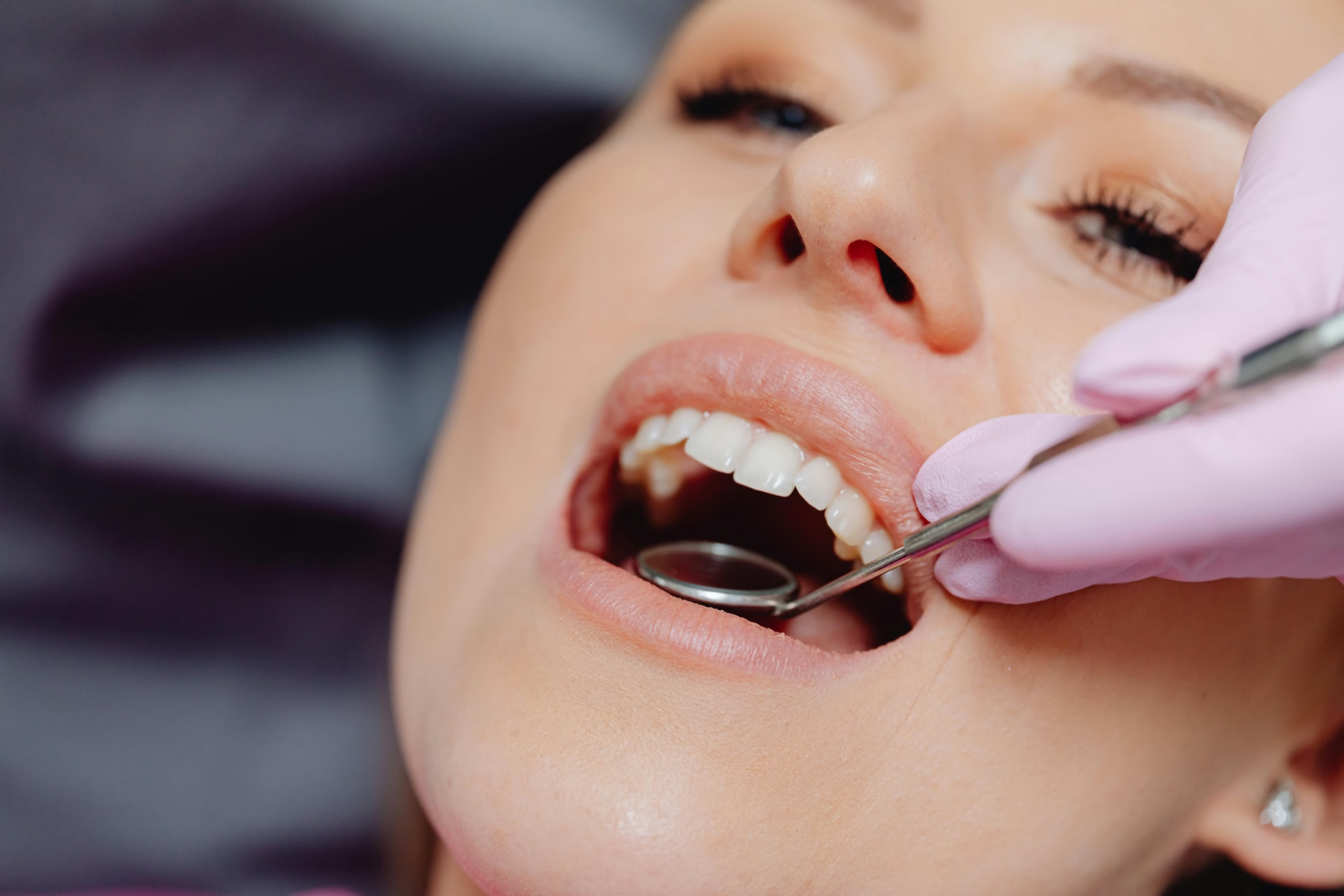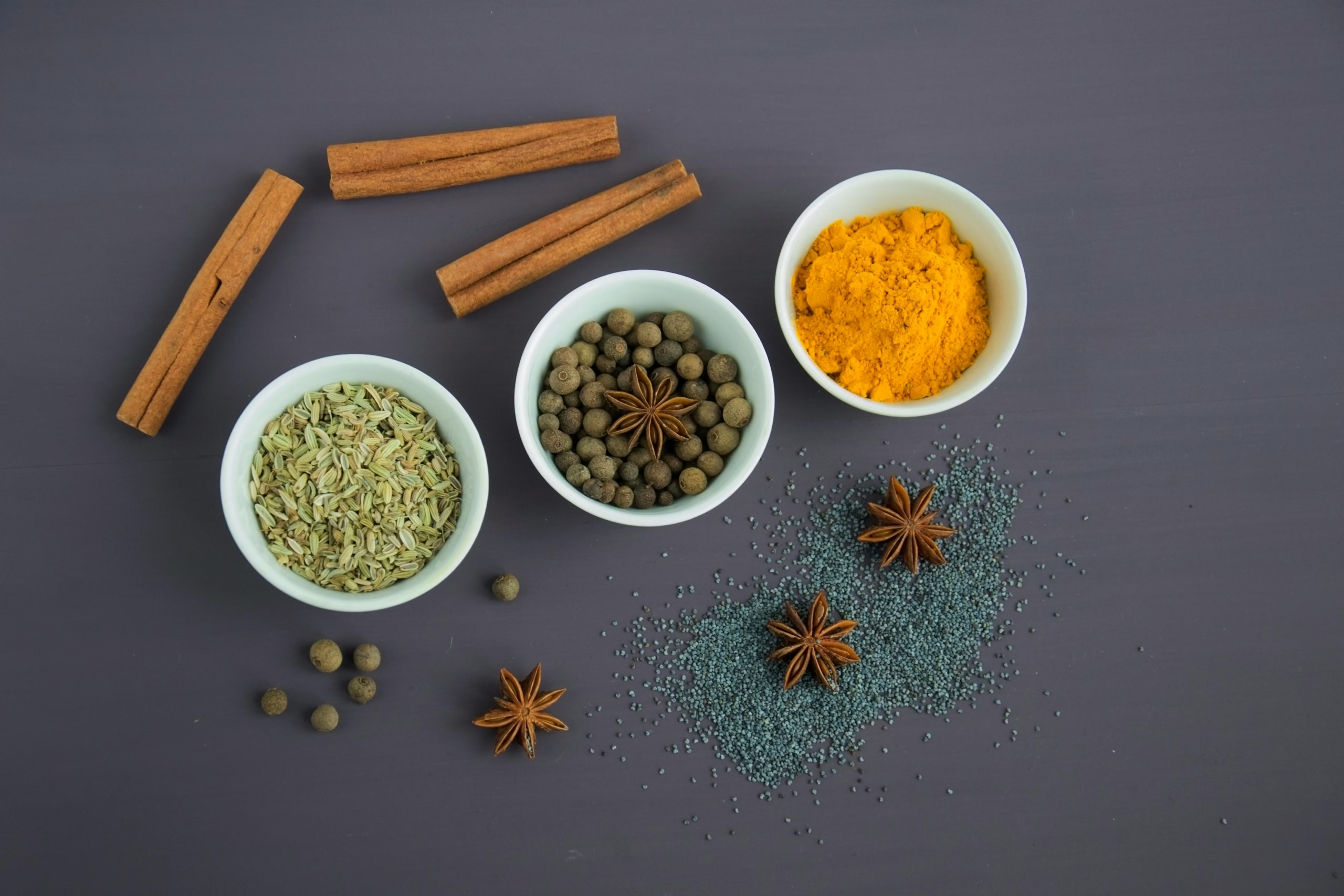Gout is one of the most common types of arthritis, yet it is also one of the most misunderstood. Many People around the world still believe it is an old-fashioned disease. Some would relate it to eating. While in reality, it is a modern health issue that can affect people of all ages
According to a 2020 study, more than 55 million people worldwide are affected by gout. This number is increasing annually, and some researchers expect it to hit almost 100 million people by the end of 2050.
These conditions need to be treated promptly, because it’s not just the pain, but can lead to permanent joint damage and disability, and kidney stones.
Once the right diagnosis has been made by your physician, lifestyle changes and treatment, gout is highly manageable.
What is Gout?
Gout is a type of inflammatory arthritis which is caused by the accumulation of uric acid crystals in multiple joints. Uric acid is found naturally in our bodies. They are derived from purines, substances found in certain foods and drinks are metabolised and broken down. However that are filtered by the kidneys are passed out of the body without building up in the body.
In contrast, when someone has gout, they either are making too much uric acid or m the kidneys cannot get rid of the uric acid effectively.
As levels rise, sharp uric acid crystals form inside joints, triggering sudden attacks of intense pain and swelling.
What is the main cause of gout?
Gout is more prevalent in men but can also affect women, especially after menopause. Gout causes include the following common risk factors:
Age: Most cases occur after 40.
Family history: Genetics play a role.
Obesity: Extra weight increases uric acid.
Diet and alcohol use: Red meat, shellfish, sugary drinks, and beer are common culprits.
Medical conditions: Diabetes, kidney disease, hypertension, and metabolic syndrome all raise risk.
Medications: Some drugs (like diuretics, low-dose aspirin, and chemotherapy agents) may trigger gout.
What does the beginning of gout feel like?
Gout doesn’t come with a gentle warning. It has a sudden onset and is associated with severe and intense pain. Many people often describe the start of a gout attack as an unbearable, throbbing pain that often wakes them up from sleep.
The pain is so sharp and overwhelming that even the light touch of a blanket or bedsheet can feel impossible to tolerate.
The most commonly affected joint is the big toe joint, but it can also affect the ankle, knee and other joints of your body. After some hours, the affected area becomes red, swollen, warm and tender to the touch, which makes even the simplest movements difficult.
Gout symptoms:
The symptoms of gout can range from none at all to severe complications. Gout disease symptoms include:
Sudden, intense joint pain (often in the big toe, ankle, or knee)
Swelling and visible redness around the joint
Warmth or a burning sensation over the affected area
Stiffness and limited movement due to pain
Flares lasting several days to weeks, followed by pain-free gaps
If untreated, attacks may become more frequent and affect multiple joints over time.
What is the timeline of Gout?
Gout is usually divided into 4 stages
Asymptomatic Hyperuricemia
This is a stage where there are high uric acid levels in the blood, called hyperuricemia. But there are no symptoms at all. This stage can last for years before the first flare.
Acute Gout Attack
After the stage of asymptomatic hyperuricemia, there occur acute gout which is described as a sudden onset of severe pain and swelling of the affected joint.
This stage usually peaks within 12–24 hours.
Intercritical Gout
After the acute gout flare, the patients often reentered into asymptomatic stage of hyperuricemia with no symptoms. If not treated, the uric acid crystals continue to accumulate silently. Therefore, the patient should stick to the treatment throughout this stage.
Chronic Tophaceous Gout
If gout is left untreated, it enters a more serious stage called the chronic tophaceous gout. At this point, the joints may become permanently damaged, leading to stiffness, deformity, and constant pain. Hard lumps called tophi can appear under the skin, often around the fingers, toes, elbows, or ears. These are made of uric acid crystals and can be tender or unsightly. Over time, gout can also affect the kidneys, causing kidney stones or even chronic kidney disease.
How can a doctor diagnose gout?
Diagnosis is usually straightforward for experienced doctors. Key steps include:
History and symptoms: Classic sudden attacks, often at night.
Physical exam: Swollen, red, tender joints.
Blood test: High uric acid (though not always—levels may be normal during an attack).
Joint fluid analysis: The gold standard. A small amount of joint fluid is examined under a microscope to confirm uric acid crystals.
Imaging: X-rays or ultrasound may show joint damage or crystal deposits.
What is the best treatment for gout?
The main goals of the gout treatment are to stop the pain of acute attacks and prevent future attacks of gout and joint damage or complications.
Acute Attack Treatment
During gout disease acute attacks, the doctor will advise you on some medications that will ease your pain, including the following:
NSAIDs (ibuprofen, naproxen, indomethacin) to reduce pain and inflammation
Colchicine, if started early, can quickly relieve symptoms
Corticosteroids (oral or injection) if other drugs aren’t suitable
Long-Term Uric Acid Control
Patients with frequent flares or high uric acid need ongoing treatment:
Allopurinol or Febuxostat: reduce uric acid production
Probenecid: helps the kidneys excrete uric acid
Target: serum uric acid below 6 mg/dL
Lifestyle and Self-Care
Drink plenty of water
Limit alcohol, especially beer
Reduce red meat, organ meats, and shellfish
Avoid sugary sodas and juices
Exercise and maintain a healthy weight
Manage blood pressure, diabetes, and kidney function
What will happen if gout is left untreated?
Without gout therapy, it does not just come and go; it progresses. Possible complications of Untreated Gout are:
Tophi: Lumps of uric acid crystals under the skin (elbows, fingers, toes, ears).
Chronic arthritis: Permanent joint damage and disability.
Kidney stones: Uric acid can accumulate in the kidneys.
Cardiovascular risk: Research links gout to higher heart attack and stroke risk.
Gout vs. Other Types of Arthritis
Other forms of Gout can be misunderstood with gout. Given below is the quick comparison.
How to prevent Gout?
Drink plenty of water :
Staying hydrated helps your kidneys flush out uric acid more effectively.
Limit alcohol, especially beer and spirits :
Studies show alcohol raises uric acid and triggers flares.
Cut back on sugary drinks:
Fructose-rich sodas and juices are strongly linked to higher uric acid levels.
Watch your intake of high purine foods:
Foods to avoid with gout include purine-rich foods that include: Red meat, organ meats, and certain seafood (like anchovies, sardines, and mussels).
Eat more low-fat dairy :
Research shows skim milk and yoghurt may actually help lower uric acid.
Maintain a healthy weight:
Obesity increases uric acid production and reduces kidney clearance.
Exercise regularly:
Physical activity supports a healthy weight, lowers inflammation, and improves metabolism.
Manage blood pressure and diabetes:
High blood pressure, insulin resistance, and kidney disease raise gout risk.
Avoid crash diets and fasting:
Sudden weight loss increases uric acid release from tissues.
Take uric acid–lowering medication if prescribed:
Allopurinol, febuxostat, or uricosuric drugs have been proven to prevent gout attacks long-term.
Key Takeaways
Gout is a painful but preventable arthritis caused by uric acid buildup.
It commonly affects the big toe but can involve multiple joints.
Treatment involves both acute flare control and long-term uric acid lowering.
Lifestyle changes are as important as medications.
Ignoring gout can lead to permanent joint damage, kidney stones, and disability.
Final Word from a Doctor
As a physician, I feel that gout is more than just joint pain; it’s a condition that needs proper attention. The sooner it’s recognised, the easier it is to manage and prevent long-term damage.
If you’re dealing with sudden joint pain, swelling, or repeated flare-ups, it’s a good idea to consult a doctor. A healthcare professional can confirm the diagnosis, guide you on treatment, and help you make changes that protect your joints and overall health.
FAQs
Can gout be cured?
No, gout cannot be completely cured, but gout treatment and gout therapy can effectively control symptoms, reduce flare-ups, and prevent long-term damage.
2. Does gout only affect the toe?
No. While gout in the foot, especially the big toe, is most common, gout can also occur in ankles, knees, elbows, wrists, and fingers.3. Can diet manage gout?
Yes, diet plays an important role in managing gout. A low purine diet for gout, avoiding foods that cause gout or foods that trigger gout, and following a proper gout diet can reduce symptoms. Foods to eat with gout include cherries, vegetables, and low-fat dairy, while high purine foods should be limited.4. Is gout hereditary?
Yes, genetics is a significant factor. If a family member has gout disease, your risk increases, making it important to monitor for early gout symptoms.5. Can women get gout?
Yes. Gout is more common in men, but postmenopausal women are also at risk. Early recognition of gout causes and gout symptoms can help with timely treatment.6. What are the main causes of gout?
Gout causes include high uric acid levels, obesity, excessive alcohol intake, certain medications, kidney problems, and a diet high in purines. Understanding the causes of gout disease can help in prevention.7. What foods affect gout?
Certain foods can trigger gout flare-ups, such as red meat, organ meats, seafood, and alcohol. Following a low-purine diet for gout and including foods to eat with gout, like vegetables, cherries, and low-fat dairy, can help reduce uric acid levels and prevent attacks.8. Can gout be managed quickly?
There’s no instant cure for gout, and quick fixes like a “10-minute gout cure” don’t work. Effective management comes from consistent treatment, proper therapy, and a gout-friendly diet to control symptoms and prevent flare-ups.9. What is tophi in gout?
Tophi are deposits of urate crystals that form under the skin in chronic gout. They indicate poorly controlled gout and need medical attention.10. What is pseudo gout?
Pseudo gout mimics gout symptoms but is caused by calcium pyrophosphate crystals instead of uric acid. Proper diagnosis is important for effective gout therapy.This blog is for educational purposes only and is not a substitute for professional medical advice, diagnosis, or treatment. Always consult your healthcare provider regarding any questions or concerns about gout, its causes, symptoms, diet, or treatment options.







Leave a Reply